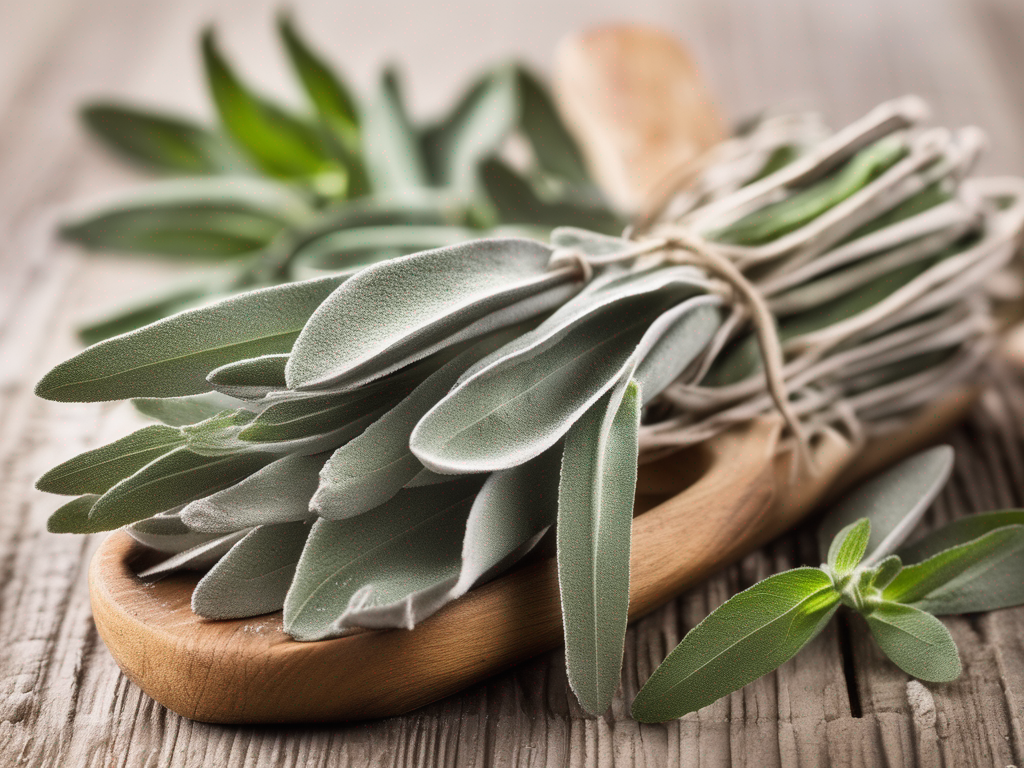
The Ultimate Guide to Properly Storing Common Sage
Get Your Free Food Safety Cheat Sheet
30 most common foods with instant answers. Print it and stick it on your fridge—completely free!
The Ultimate Guide to Properly Storing Common Sage
Common sage, also known as Salvia officinalis, is a versatile herb commonly used in culinary dishes for its aromatic flavor and medicinal properties. Storing sage properly is essential to maintain its freshness, flavor, and shelf life. In this comprehensive guide, we will explore the best practices for storing common sage to ensure it stays fresh and flavorful for an extended period. (Common sage)
Why Proper Storage is Important for Common Sage
Proper storage of common sage is crucial for several reasons:
-
Preserving Flavor: Storing sage correctly helps retain its aromatic flavor and essential oils, enhancing the taste of dishes.
-
Extending Shelf Life: By storing sage properly, you can prolong its shelf life and prevent it from spoiling prematurely.
-
Maintaining Nutritional Value: Proper storage methods help preserve the nutritional content of sage, ensuring you reap its health benefits.
Factors Affecting Sage Storage
Before delving into storage methods, it's essential to understand the factors that can affect the shelf life of common sage:
1. Light Exposure
- Direct sunlight can degrade the flavor and aroma of sage.
- Store sage in a dark, cool place to prevent light exposure.
2. Humidity
- Excessive moisture can cause sage to mold and spoil quickly.
- Ensure sage is stored in a dry environment to prevent moisture buildup.
3. Temperature
- Ideal temperature for storing sage is between 60-70°F (15-21°C).
- Avoid storing sage near heat sources or in areas prone to temperature fluctuations.
4. Air Circulation
- Proper air circulation is essential to prevent moisture buildup and mold growth.
- Avoid storing sage in airtight containers for extended periods.
Best Practices for Storing Common Sage
Now that we understand the importance of proper storage and the factors affecting sage's shelf life, let's explore the best practices for storing common sage:
1. Harvesting Fresh Sage
- Harvest sage leaves in the morning when their essential oils are most potent.
- Choose healthy, undamaged leaves for storage to ensure quality.
2. Cleaning and Drying Sage
- Gently rinse sage leaves under cold water to remove any dirt or debris.
- Pat the leaves dry with a paper towel or kitchen cloth to remove excess moisture.
3. Storage Methods
a. Refrigerator Storage
- Wrap fresh sage leaves in a damp paper towel and place them in a resealable plastic bag.
- Store the bag in the refrigerator's crisper drawer to maintain freshness.
b. Freezing Sage
- Freeze sage leaves by spreading them on a baking sheet and placing them in the freezer until frozen.
- Transfer the frozen leaves to a freezer-safe bag or container for long-term storage.
4. Avoiding Common Storage Mistakes
- Do not wash sage leaves before storage, as excess moisture can lead to mold growth.
- Avoid storing sage near strong-smelling foods, as sage can absorb odors easily.
5. Checking for Spoilage
- Before using stored sage, check for any signs of mold, discoloration, or off smells.
- Discard any sage that shows signs of spoilage to prevent foodborne illness.
Conclusion
Properly storing common sage is essential to maintain its flavor, aroma, and nutritional value. By following the best practices outlined in this guide, you can extend the shelf life of sage and enjoy its benefits in your culinary creations. Remember to consider factors like light exposure, humidity, temperature, and air circulation when storing sage to ensure optimal freshness. With these tips, you can make the most of this versatile herb in your kitchen.
For more information on common sage and other food storage tips, visit [common sage](/food/common sage). Happy cooking! (Common sage)
Related Posts
Here are some other articles you might find helpful:
Authoritative Food Safety References
These agencies and university labs inform every tip and health precaution we publish.
USDA FoodKeeper – Cold Storage Guidelines
Official refrigerator, freezer, and pantry timelines maintained by the U.S. Department of Agriculture.
Visit USDA FoodKeeperFDA Produce Safety Rule & Grower Guidance
Field-to-fridge handling practices that prevent contamination of fruits, vegetables, and leafy greens.
Visit FDA Produce SafetyCDC Foodborne Illness Prevention Hub
Surveillance-backed guidance on pathogens, symptoms, and steps to reduce foodborne illness risk.
Visit CDC Food SafetyUC Davis Postharvest Technology Center
University research detailing optimal storage atmospheres for produce after harvest.
Visit UC Davis PostharvestPenn State Extension – Home Food Preservation & Safety
Peer-reviewed extension bulletins on safe canning, chilling, and reheating practices.
Visit Penn State ExtensionGet Your Free Food Safety Cheat Sheet
30 most common foods with instant answers. Print it and stick it on your fridge—completely free! Want more? Upgrade to the complete guide with 70+ foods.
Scan your food directly and get instant safety info using our AI-powered camera feature.